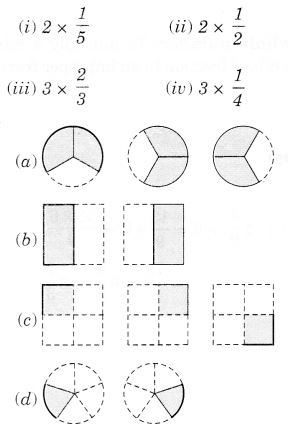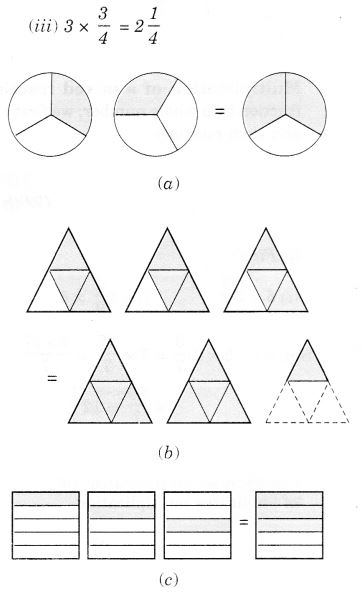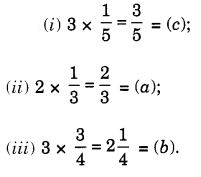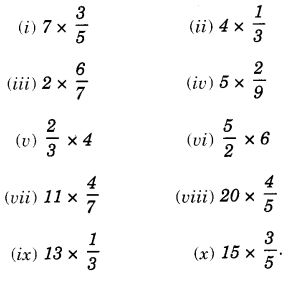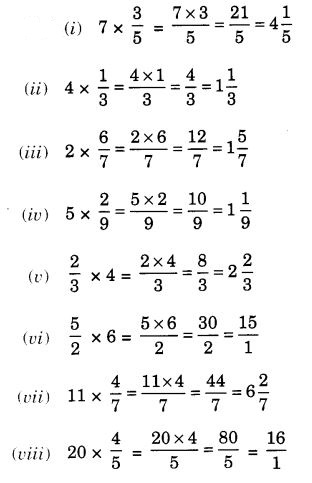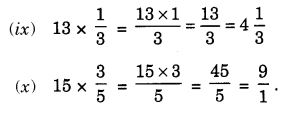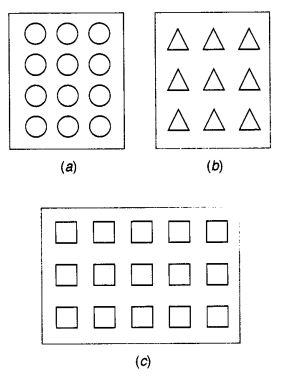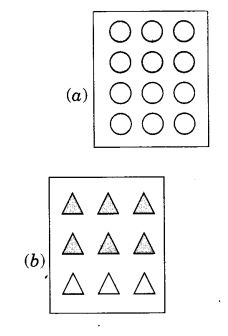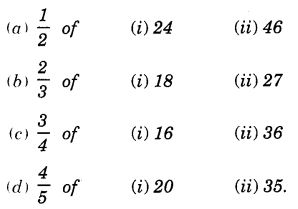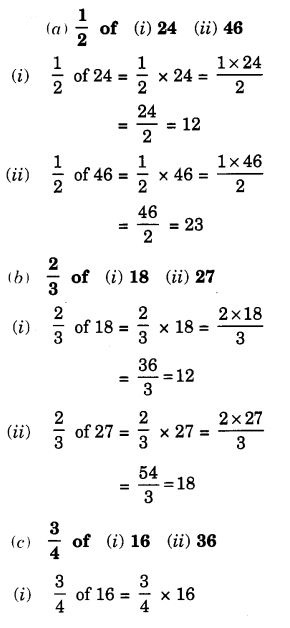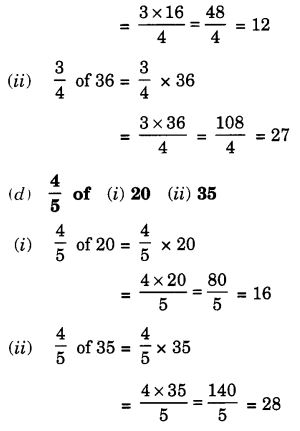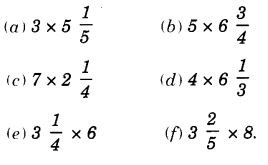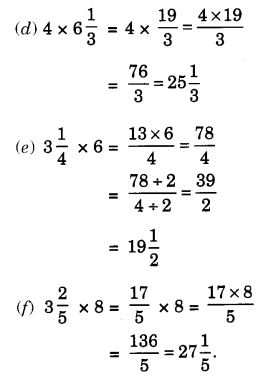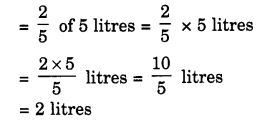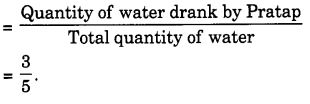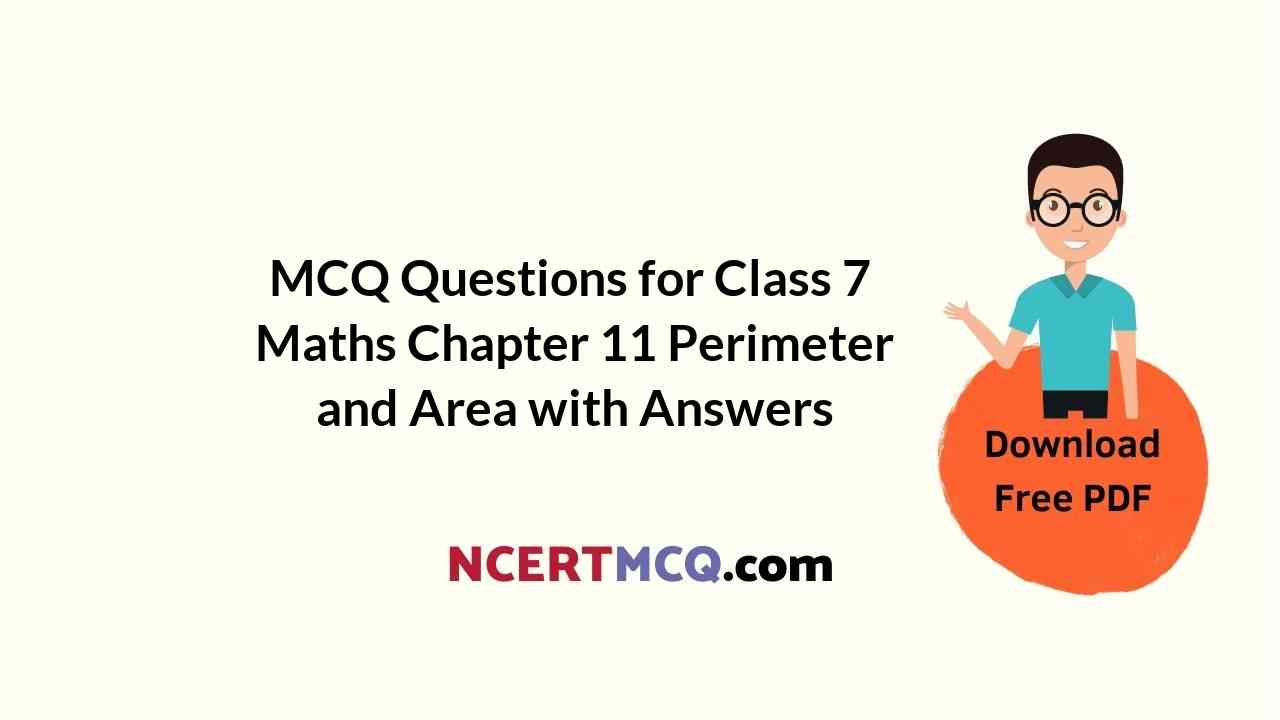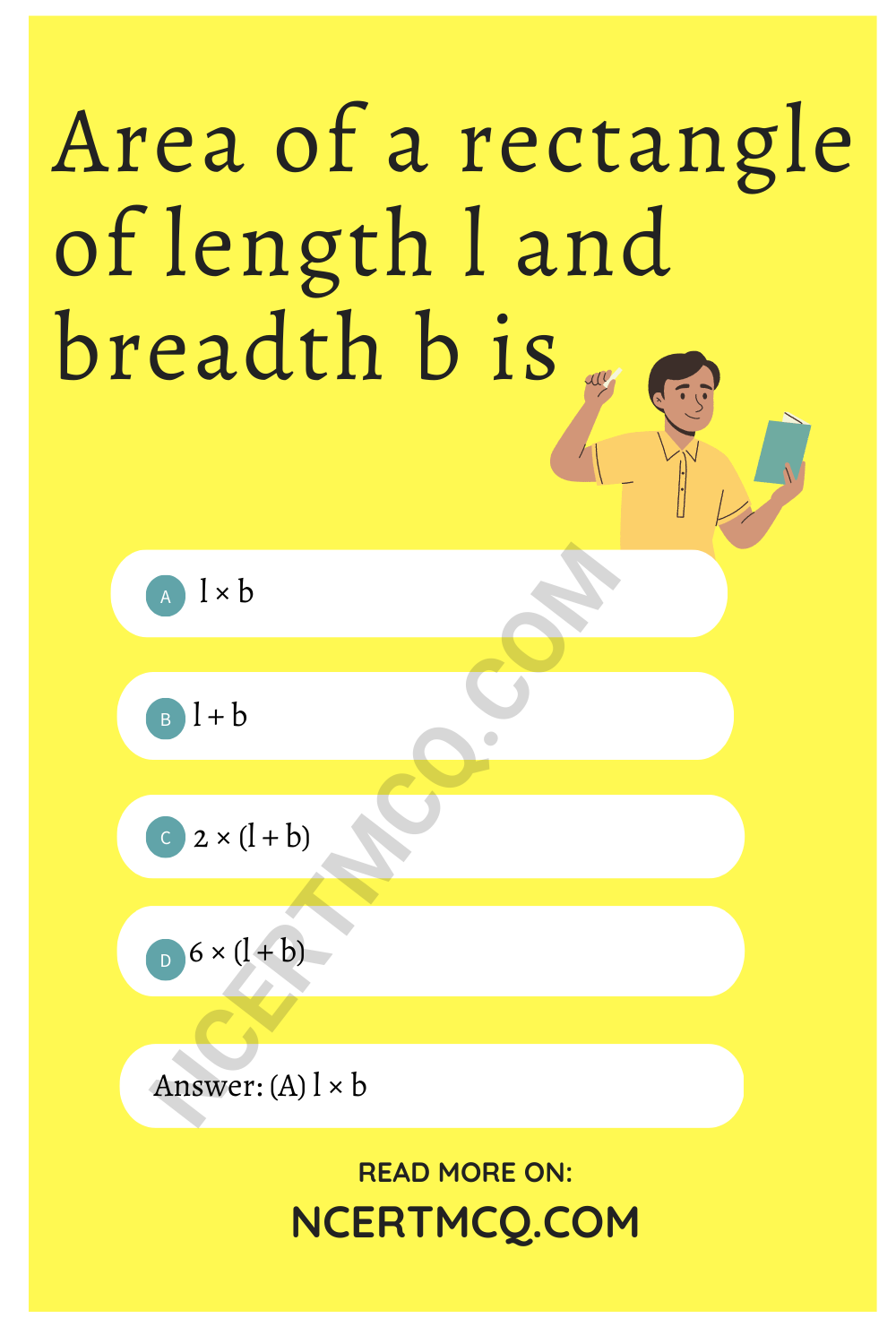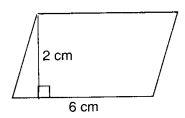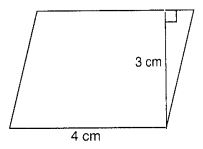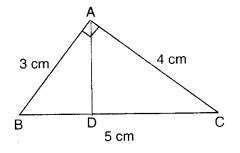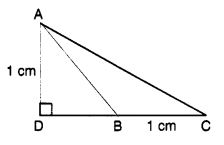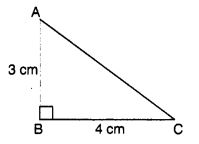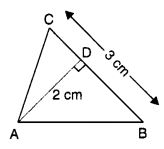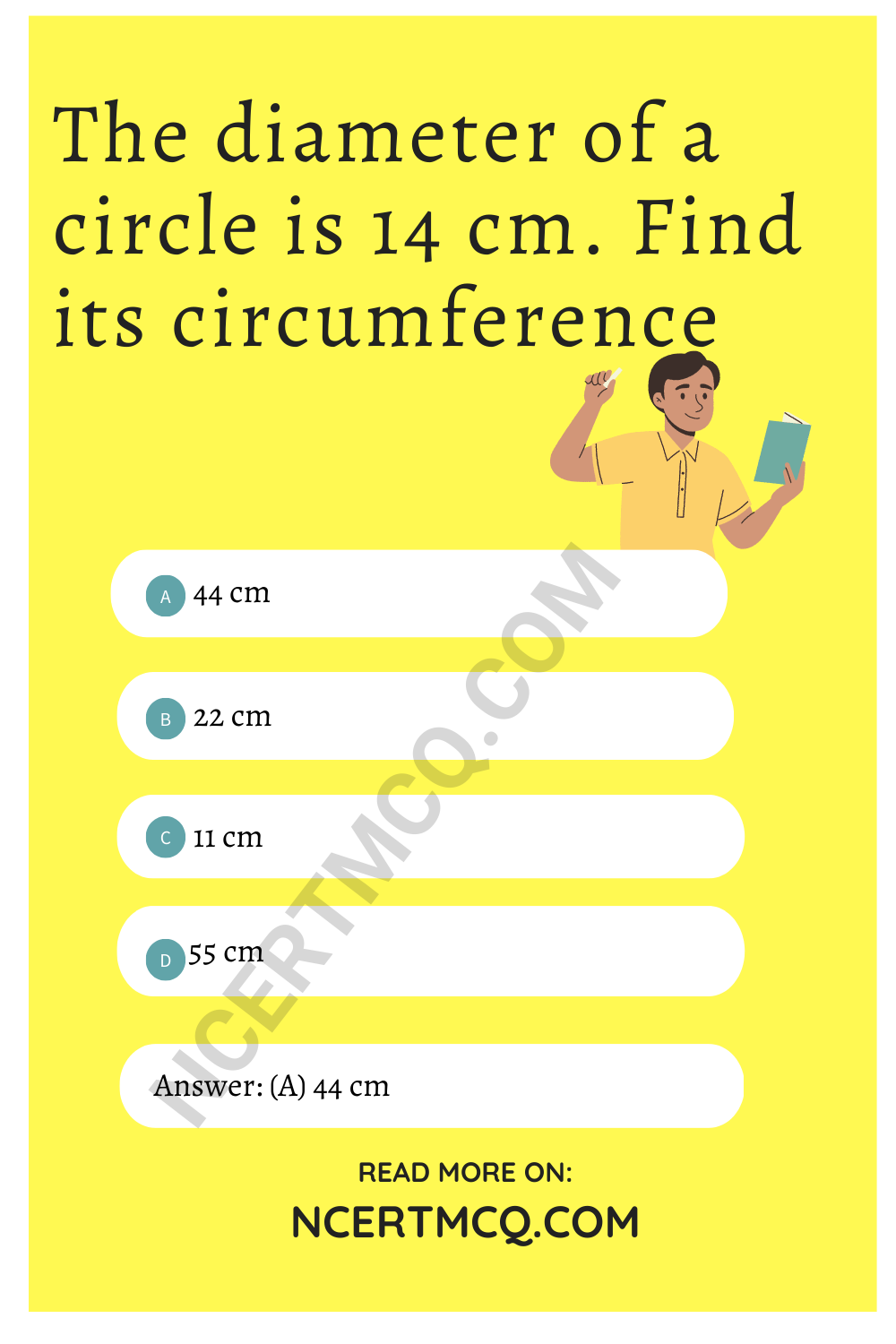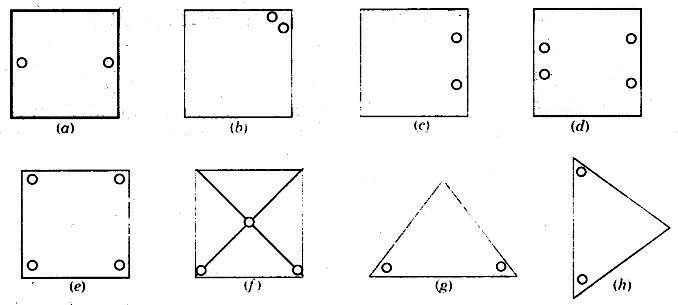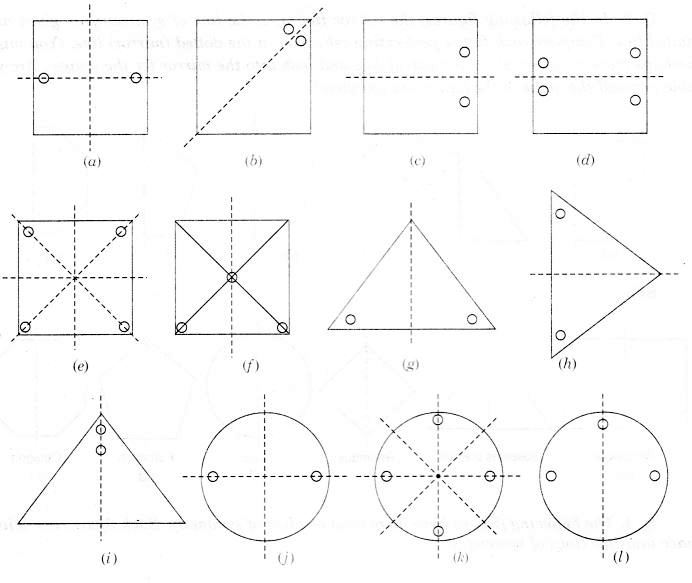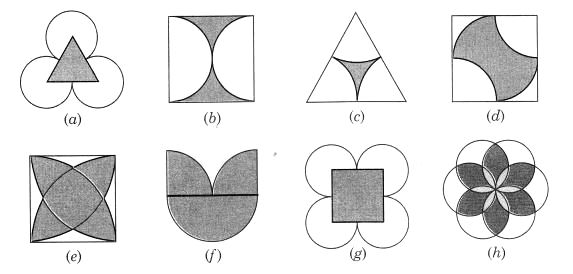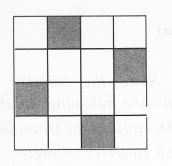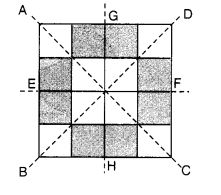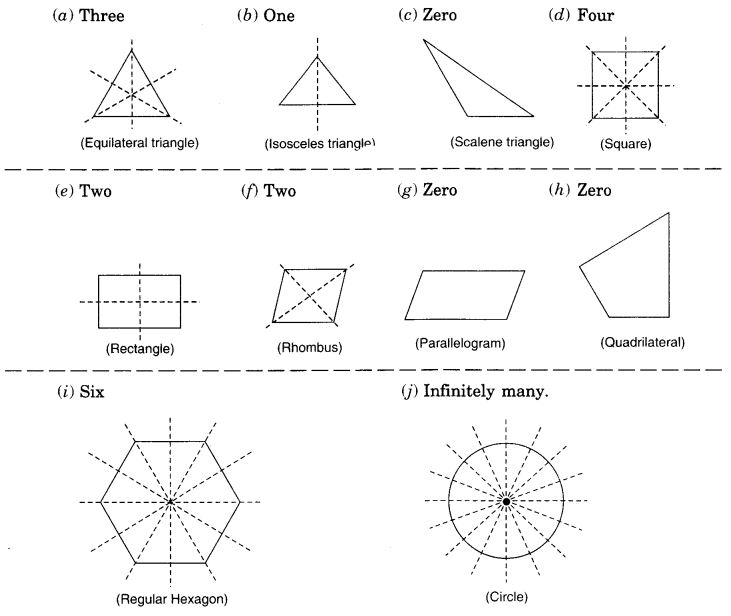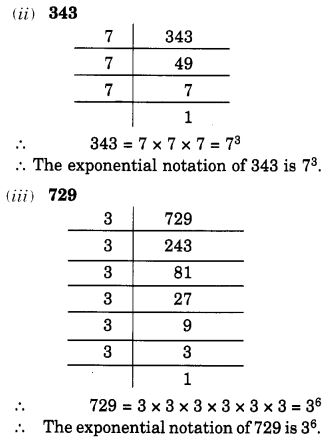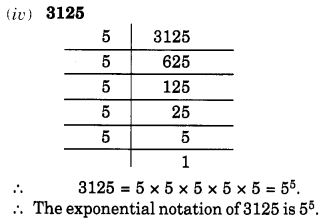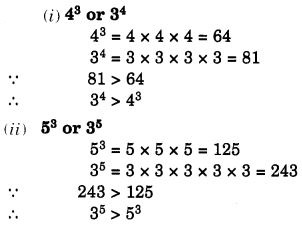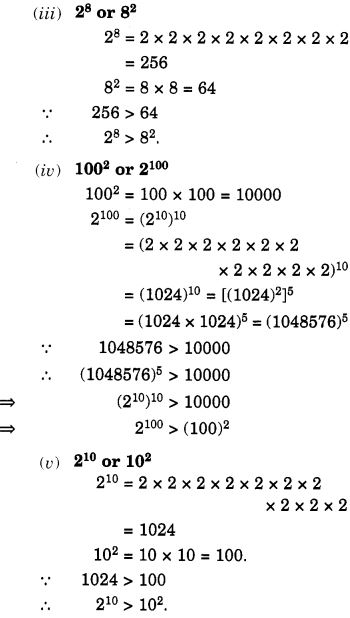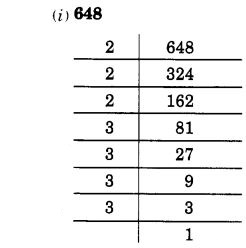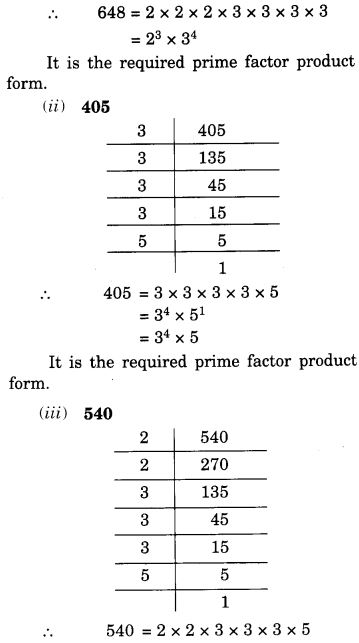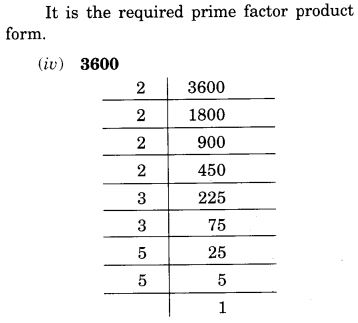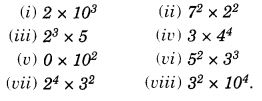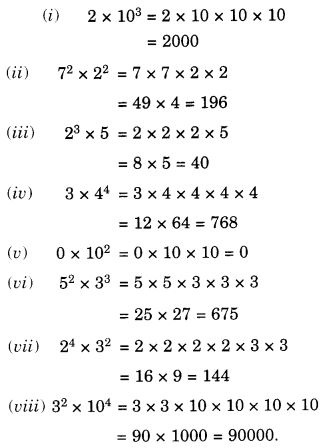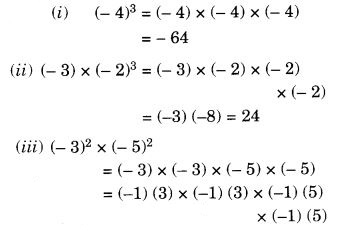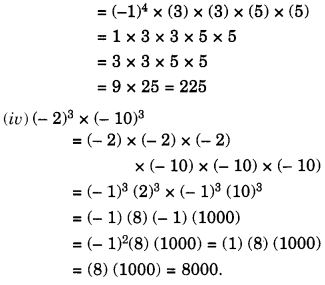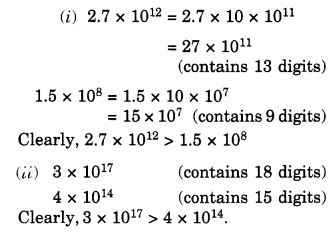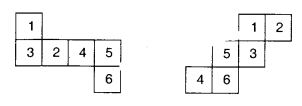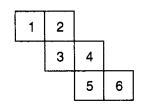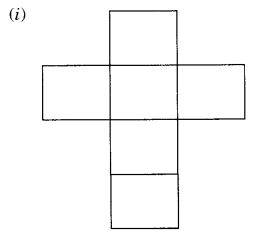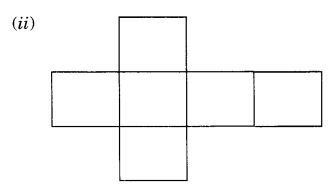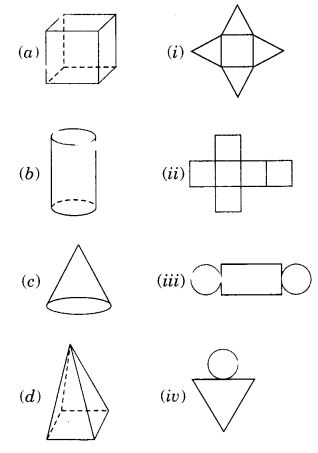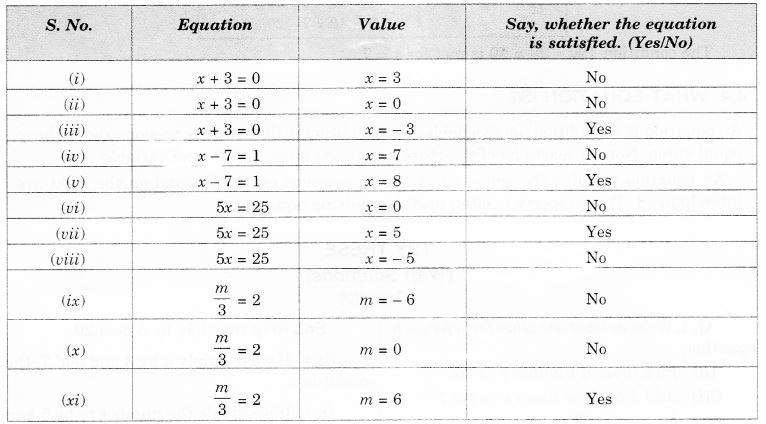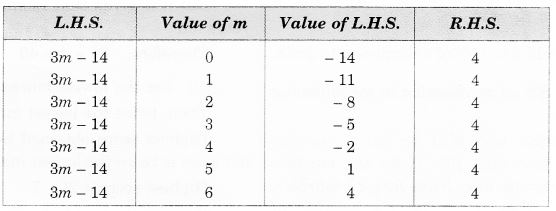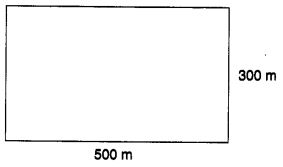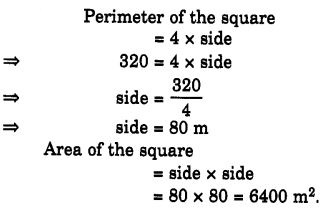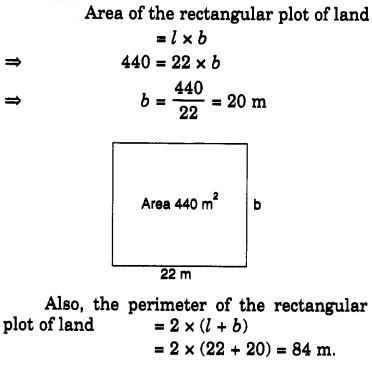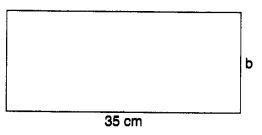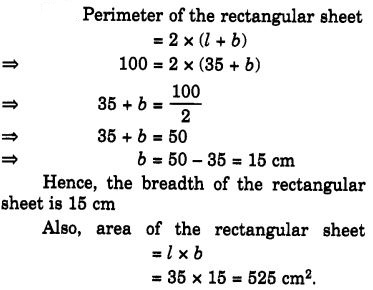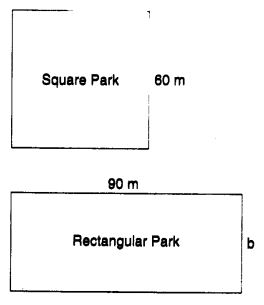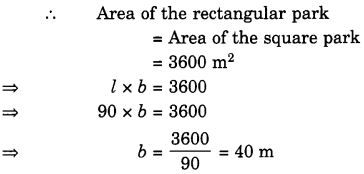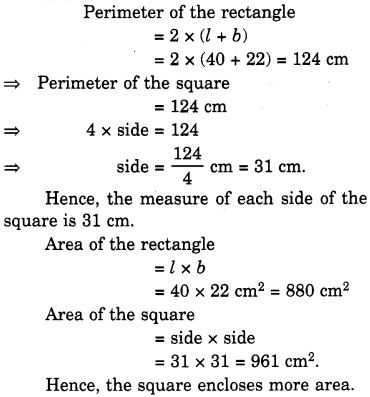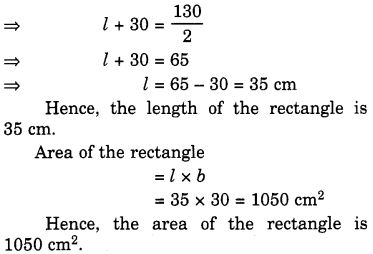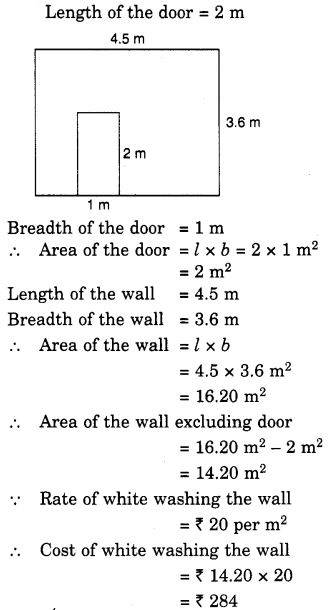NCERT Solutions for Class 7 Maths Chapter 2 Fractions and Decimals Ex 2.3 are part of NCERT Solutions for Class 7 Maths. Here we have given NCERT Solutions for Class 7 Maths Chapter 2 Fractions and Decimals Ex 2.3.
- Fractions and Decimals Class 7 Ex 2.1
- Fractions and Decimals Class 7 Ex 2.2
- Fractions and Decimals Class 7 Ex 2.4
- Fractions and Decimals Class 7 Ex 2.5
- Fractions and Decimals Class 7 Ex 2.6
- Fractions and Decimals Class 7 Ex 2.7
- Fractions and Decimals Class 7 MCQ
| Board | CBSE |
| Textbook | NCERT |
| Class | Class 7 |
| Subject | Maths |
| Chapter | Chapter 2 |
| Chapter Name | Fractions and Decimals |
| Exercise | Ex 2.3 |
| Number of Questions Solved | 8 |
| Category | NCERT Solutions |
NCERT Solutions for Class 7 Maths Chapter 2 Fractions and Decimals Ex 2.3
Question 1.
Find:
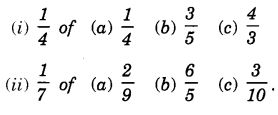
Solution:
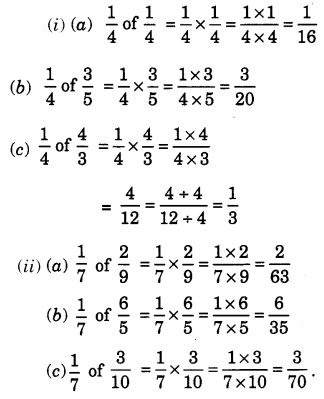
Question 2.
Multiply and reduce to lowest form (if possible):
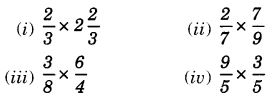

Solution:
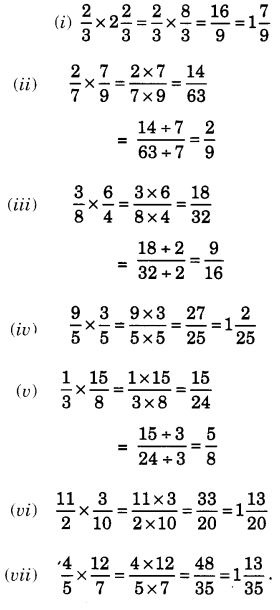
Question 3.
Multiply the following fractions:
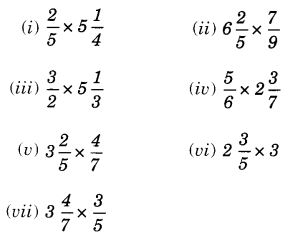
Solution:
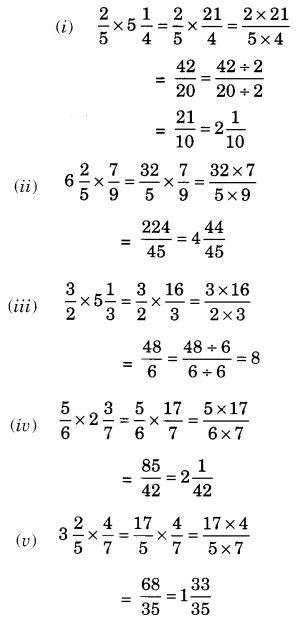

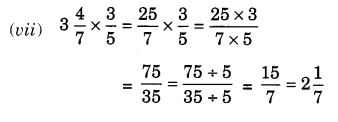
Question 4.
Which is greater:
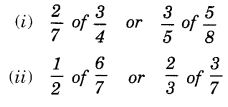
Solution:
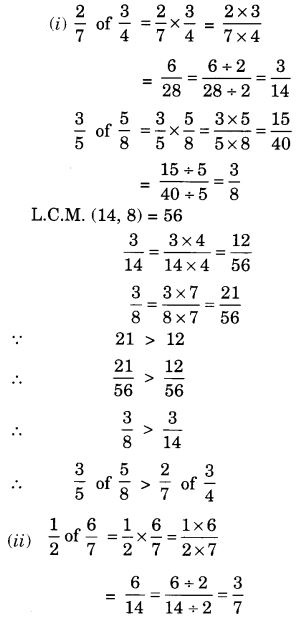
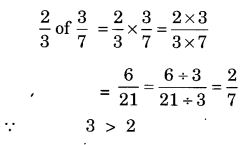
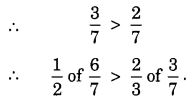
Question 5.
Saili plants 4 saplings, in a row, in her garden. The distance between two adjacent saplings is \(\frac { 3 }{ 4 } \) m. Find the distance between the first and the last sapling.
Solution:

Let A, B, C and D be the four saplings planted in a row.
Distance between two adjacent saplings = \(\frac { 3 }{ 4 } \) m
∴ Distance between the first and the last sapling = AD = 3 × AB
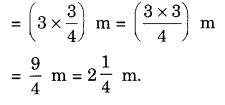
Question 6.
Lipika reads a book for 1 \(\frac { 3 }{ 4 } \) hours everyday. She reads the entire book in 6 days. How many hours in all were required by her to read the book?
Solution:
Hours in all required by Lipika to read the book
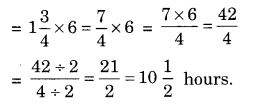
Question 7.
A car runs 16 km using 1 litre of petrol. How much distance will it cover using 2 \(\frac { 3 }{ 4 } \) litres of petrol?
Solution:
Distance covered by the car using 2 \(\frac { 3 }{ 4 } \) litres of petrol
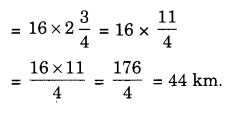
Question 8.
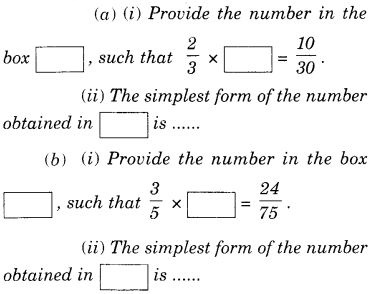
Solution:
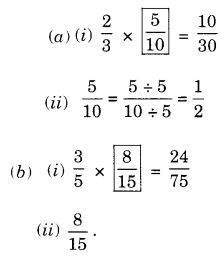
We hope the NCERT Solutions for Class 7 Maths Chapter 2 Fractions and Decimals Ex 2.3 help you. If you have any query regarding NCERT Solutions for Class 7 Maths Chapter 2 Fractions and Decimals Ex 2.3, drop a comment below and we will get back to you at the earliest.
